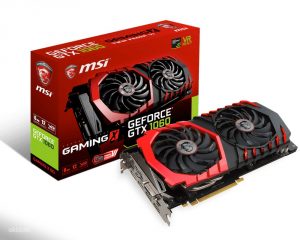Things to Look at When Buying Graphic Cards
 Graphics cards, also known as GPUs, or graphics processing units, are devices with distinct hardware capabilities. Graphics cards are responsible for picking up data from the central processing unit (CPU), and turning it into pictures
Graphics cards, also known as GPUs, or graphics processing units, are devices with distinct hardware capabilities. Graphics cards are responsible for picking up data from the central processing unit (CPU), and turning it into pictures
A lot has happened over the years in the computer industry. The advent of gaming computers has come with unique needs. Modern PC games have superior graphics, which makes it imperative to have a graphics card that is suited for your gaming needs.
With the variety of graphics cards in the market, getting the right GPU suited to your gaming needs calls for due diligence on your part. So here are some critical factors to consider, when shopping for a graphics card.
Hardware Compatibility
Looking at the market trends, and the fact that technological advances always have something better to offer, there is a question of compatibility, regardless of whether you are assembling a PC from scratch, or just upgrading an old one. A GPU should be compatible with the following parts of a computer.
- Motherboard: Make sure that the motherboard has a slot for the graphics card. Also, it is equally important, to understand the slot version supported by the motherboard
- Power Supply: Be sure to consider the power draw. A supply of 500 watts is enough for CPUs with a single GPU, but the power draw should be factored in when installing multiple GPUs.
- Case: Though reasonably straightforward, the graphics cards chosen should fit in the computer case.
Display
Naturally, it is equally important to ensure that both the monitor and the graphics card have matching specifications. After all, you do not need the best graphics cards, if the monitor you are using cannot do the GPU justice. You undoubtedly need to pay attention to things like the resolution of the screen, refresh rate, and the connectivity options.
What’s worth paying for, and what isn’t? The GPU chosen is always a matter of personal preference and gaming demands.
